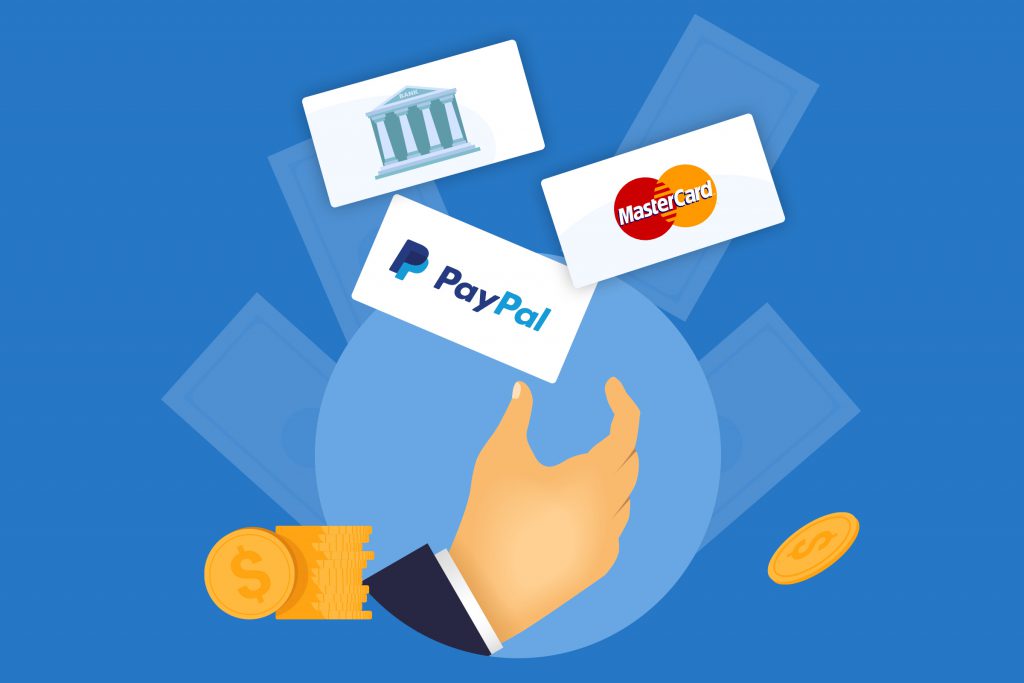There are many benefits to hiring freelance professionals – but how do you manage their payments outside of your regular payroll?
When you get into it, there are so many considerations:
- Should you expect to pay a deposit?
- What happens if you’re not happy with the work?
- Will a contractor add taxes to their invoice?
Let’s run through the options and our top tips to ensure you don’t end up out of pocket!
Freelancer Payment Options
Of all the ways to manage financial transactions with a freelancer, the most straightforward is through a dedicated platform.
Why?
They offer protection, so you can transfer deposits or even final balances into an escrow system and release the cash when you’ve signed off on the work.
You don’t need to worry about sales taxes, don’t need to navigate any direct invoices, and you get simple account statements to enter your books.
But, if you’re hiring a contractor directly and unsure how to pay freelancers, you still have a few different possibilities. A good question to ask at an interview is how the contractor would like to be paid.
Payment Processes for Freelance Hires
- PayPal: available for international payments and fee-free to the payer.
Bear in mind that your contractor will lose a percentage of their payment in commission, so many will avoid invoicing through PayPal whenever possible. It’s convenient but not entirely cost-free.
- Direct Deposits: make sense for a monthly recurring payment.
If you’re working with the same freelancer for a few months in a row, a direct deposit can be easy to manage – but again, watch out for the fees!
Setting up a direct deposit can cost between $50 and $200 with some banks, so you’ll need to make sure it’s worth it for a longer-term collaboration.
- Wire Transfers: your best option for remittances over $5,000.
A wire transfer will carry a fee like a direct deposit (typically from $5 and upwards).
They’re secure and a good alternative if you have finished a freelance project and need to remit a larger balance.
Creating a Fail Safe Agreement for Freelancer Payments
Now, let’s look closer at what happens before you reach the payment stage – it’s always crucial to be careful with cash, after all! It’s a good idea to compare and check how much companies are paying for services first.
Here are a few pieces of advice for first-time freelance projects.
Agree on Deliverables Upfront
The first thing to do is be 100% in agreement with your potential freelancer about what the work involves.
Lack of clarity is the top reason for payment disputes, so make sure you’ve covered:
- Deadlines
- The volume of work
- Approvals – who signs off on the tasks?
- Quality requirements
If you have a rock-solid agreement showing the deliverables and what you expect in return for your payment, it leaves minimal wiggle room.
Negotiate a Deposit in Advance
Freelance platforms will universally ask for a deposit – and that’s not a bad thing!
Paying a deposit shows you’re serious about the project and expect the same professionalism and commitment from your freelancer.
But ensure you’ve established the deposit value (for example, 10% of the total project budget) and whether you’re anticipating making interim payments.
If so, agree on the dates, timings, or project stages that trigger the release of the next payment.
Put Your Terms of Payment in Writing
Everything we’ve mentioned above? Please put it in writing.
If you’ve discussed your terms via video call, that’s fine – but follow it up with an email so you have a record.
Decide on the Outcome of Non-Delivery
Now, in an ideal world, every freelancer you hire will be incredible.
However, decide what happens if the work:
- Isn’t returned in your agreed time period
- Is of poor quality and the freelancer refuses to make revisions.
- Doesn’t come back at all (it’s rare, but it can happen!).
If you’ve hired a freelancer through a platform, you’re pretty much covered – report the non-delivery, and you’ll lose nothing but a bit of time.
Otherwise, we’d strongly recommend having clauses in your agreement that outline what happens in this scenario, such as deducting a percentage of the project value if the deliverables are over seven days late.
In most cases, working with a freelancer is a breeze, and they’ll be flexible in working out the best payment options for you both.
But, as with any business transaction, we’d suggest following these steps to ensure you’re in control throughout the project. Here are a few sample job posting ads that will help give you an idea of what to look for.



